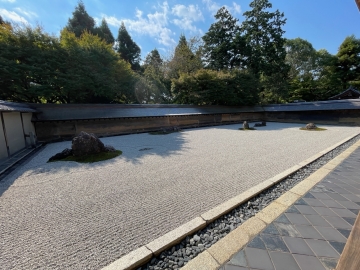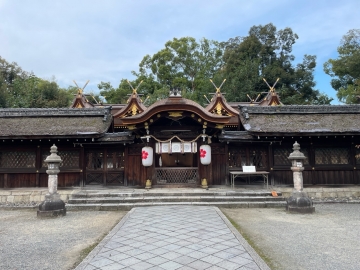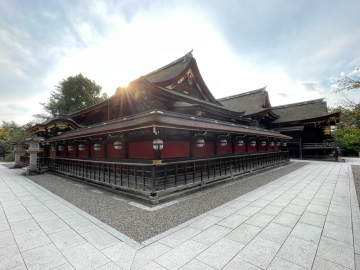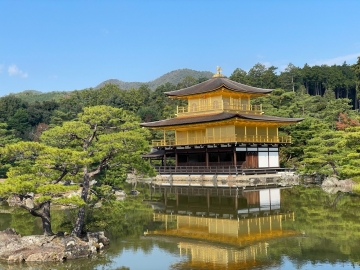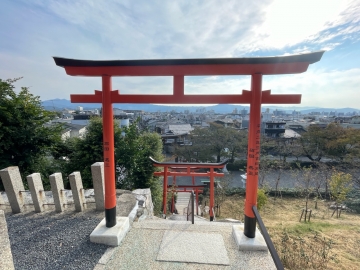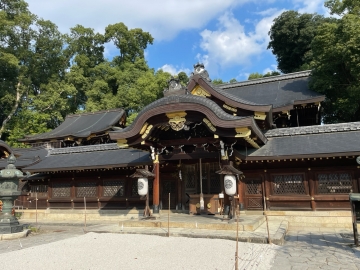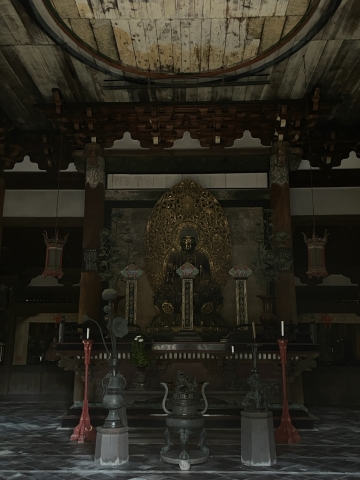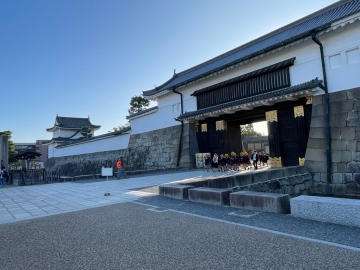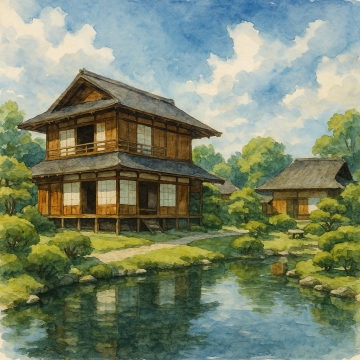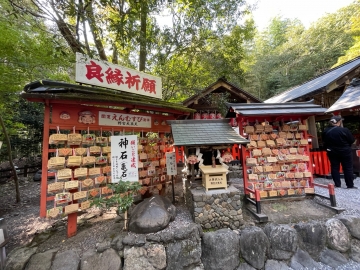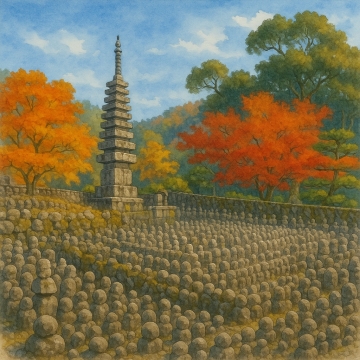[Selections]Popular sightseeing spots around Kyoto Prefecture
「history」Sightseeing spots around Kyoto Prefecture
Ryoan-ji Temple, Famous for Its Karesansui Garden (龍安寺)
In addition to the Hojo Garden, which is known as the "Ryoan-ji Rock Garden," there is also a pond g...
 0
0- [+]京都府京都市
 63
63
Myoshin-ji Temple, Japan's Largest Zen Temple
The grounds are large, and there are more than 10 buildings designated as important cultural propert...
 1
1- [+]京都府京都市
 40
40
A famous cherry blossom spot! Hirano Shrine
Hirano Shrine has a variety of cherry blossoms, including not only Somei Yoshino, but also Sakigakez...
 1
1- [+]京都府京都市
 37
37
Kitano Tenmangu Shrine (北野天満宮)
This shrine is dedicated to Michizane Sugawara, known as the god of learning, and is visited by many...
 2
2- [+]京都府京都市
 73
73
Kinkaku-ji Temple (金閣寺)
Kinkakuji Temple (Rokuonji Temple), located in Kita-ku, Kyoto City, was founded in 1397 when Yoshimi...
 2
2- [+]京都府京都市
 85
85
Oda Nobunaga's Kenkun Shrine
At that time, Nobunaga was worshiped as a ``great hero who unified the country'' and a god of nation...
 3
3- [+]京都府京都市
 29
29
Imamiya Shrine
Imamiya Shrine is a shrine that is visited by many people as it is said to bring blessings such as c...
 4
4- [+]京都府京都市
 55
55
Daitoku-ji Temple
Daitokuji, located in Murasakino, Kita-ku, Kyoto, is a Zen temple founded in 1315 by Shuho Myocho (D...
 4
4- [+]京都府京都市
 52
52
Uguisu-bari - Nijo Castle (二条城)
Nijo Castle, built by Tokugawa Ieyasu in 1603, was born as a flat castle to demonstrate the authorit...
 5
5- [+]京都府京都市
 65
65
Katsura Imperial Villa, a Masterpiece of Japanese Gardens
The original gardens and buildings from the early Edo period have been preserved, conveying the esse...
 5
5- [+]京都府京都市
 40
40
Popular with women! Nonomiya Shrine
Tucked away midway through the bamboo forest path in Arashiyama, Ukyo Ward, Kyoto City, Nonomiya Shr...
 5
5- [+]京都府京都市
 48
48
Nenbutsu-ji Temple in Adashino, with 8,000 Stone Statues
It was built by Kukai in 811, and later became Nenbutsu-ji Temple when Honen Shonin opened a Nenbuts...
 5
5- [+]京都府京都市
 28
28
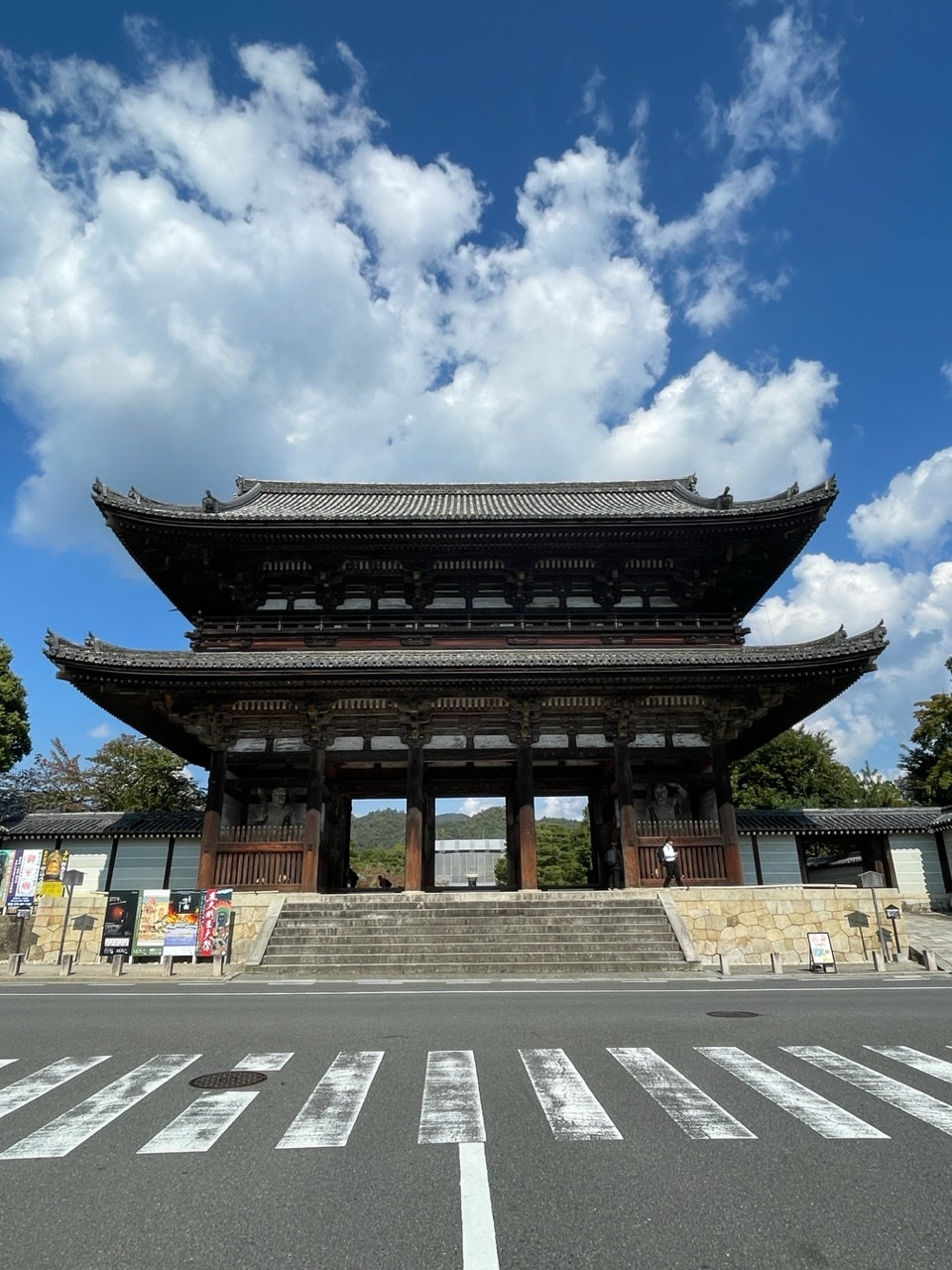
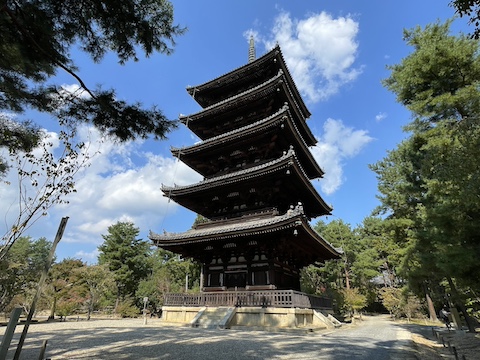
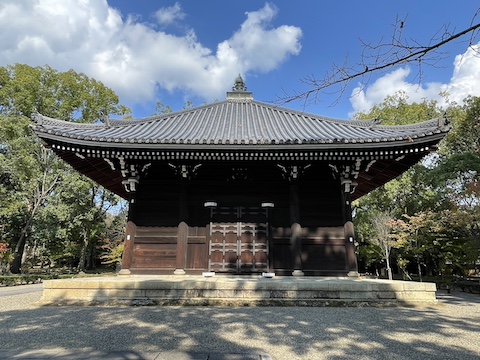
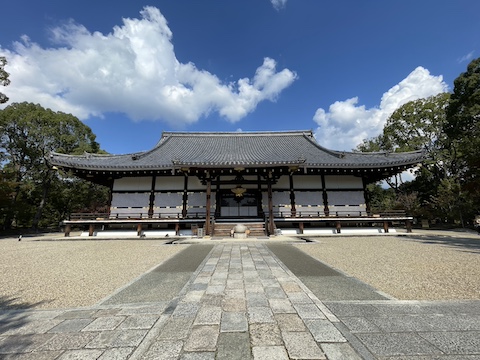
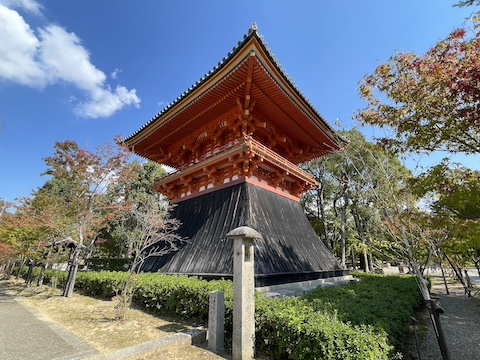
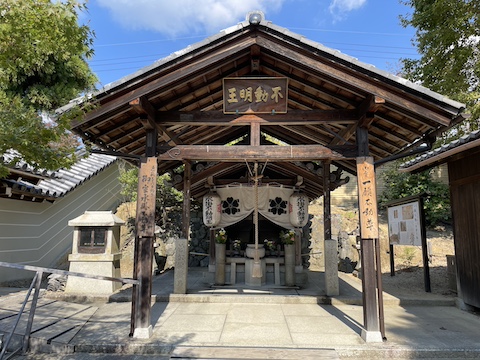
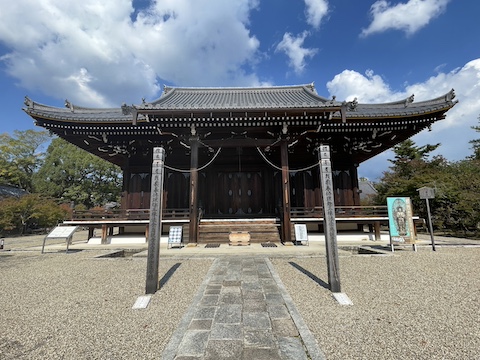
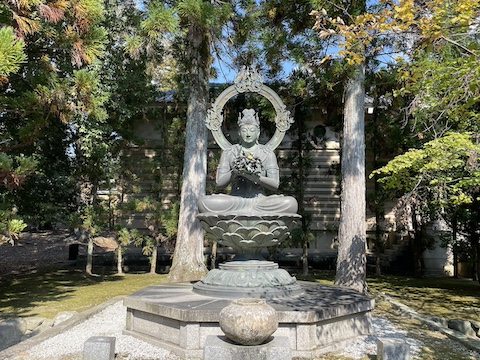
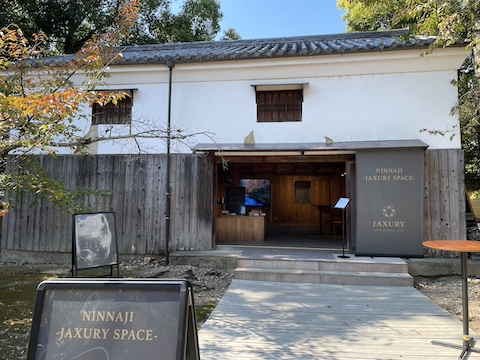






























![[2025 Edition] Ranking of popular tourist spots in Kyoto! best 30](/matome/photo/sm/63.jpg)

